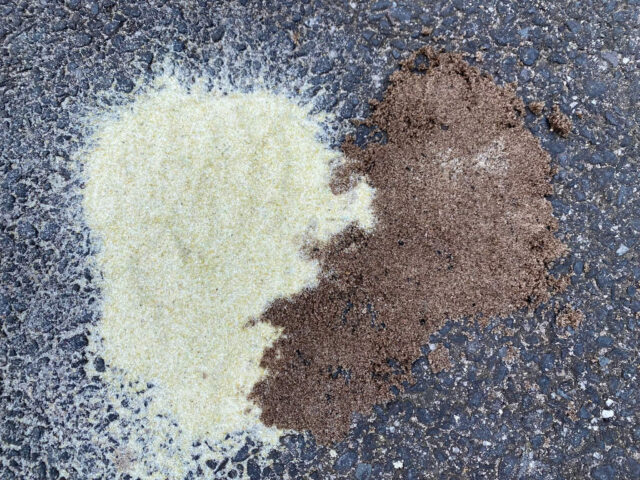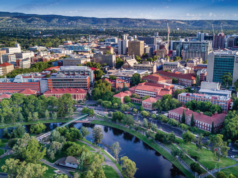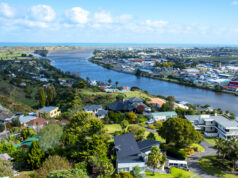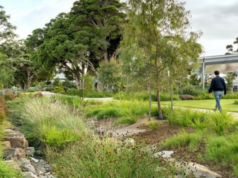Sponsored post by SPORTENG
Since the mid-1980s, Council’s have relied on quarried virgin material to be harvested and used to construct high quality natural turf Fields of Play. However, the use of quarried virgin sand for this purpose is not sustainable long-term, and we must investigate recycled alternative materials solutions when possible.
In conjunction with the City of Boroondara Council, SPORTENG have undertaken the trial to test the potential to use recycled glass sand instead of the virgin material quoted above. Doing so would help close the circular economy loop and remove the industry’s reliance on virgin materials from the equation.
A typical profile for a well-performing natural turf Field of Play should include a rootzone sand product specification. A properly specified rootzone sand product will consist of well-graded angular sand particle sizes.
Subsequently, the profile is required to:
- Drain well in a high rain intensity event,
- Not become readily compacted,
- Retain a level of moisture in the profile to promote healthy turf growth.
Since the introduction of rootzone sand profiles in the mid-1980s, the virgin material required to construct these profiles has been extracted directly from the earth, typically from quarries across Australia.
Often in direct competition with the sand quarried for concrete mix-manufacturing, the tight tolerances for rootzone sand mixes are more stringent, making it often come to a less priority than that for concrete mix orders.
Looking for options to replace the unsustainable reliance on virgin sands, SPORTENG have identified the use of recycled glass sand as a potential alternative.
Doing so will create a circular economy for the sand, having been initially used for glass manufacturing and then returned to a sand product.
Having identified recycled glass sand as a potential alternative to quarried virgin sands, we analysed the existing sources of the recycled material to see if the physical characteristics were comparable to virgin sand.
We obtained the initial material data sheet information and identified a potential source. The next step was to acquire samples from the supplier of the identified material to send them to a NATA certified laboratory. We asked that the same tests as the virgin material should be performed, including:
- Particle size distribution (PSD),
- Hydraulic conductivity,
- Bulk density,
- Porosity.
One sample was comparable to the specification required for suitable rootzone sand of the samples retrieved. While the PSD consisted of a little more finer material than desired, the performance test results were within the required range.
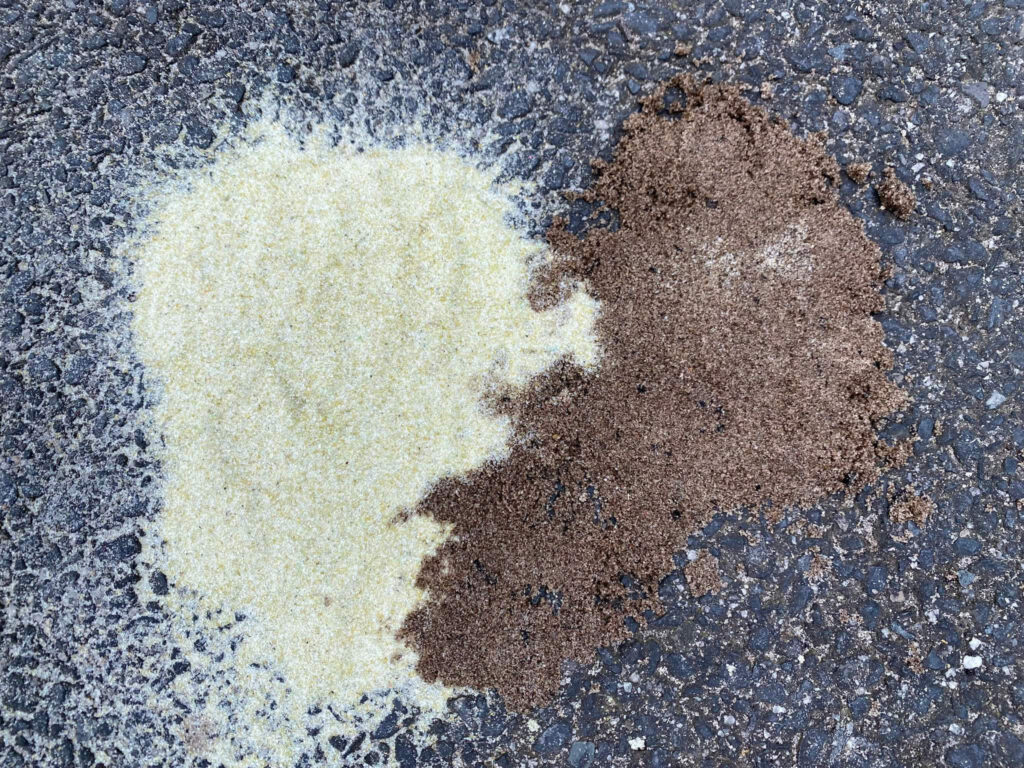
Working closely with the City of Boroondara, a maintenance plan was developed, allowing the turf grass to establish itself. Once installed, it was maintained to a level comparable to a high-quality natural turf field of play.
Ongoing monitoring of the trial was completed by SPORTENG staff with the following key performance characteristics tested and monitored:
- Moisture content,
- Root depth,
- Thatch depth,
- Infiltration rate,
- Traction and stability,
- Hardness (Clegg readings),
- pH,
- Sodium levels.
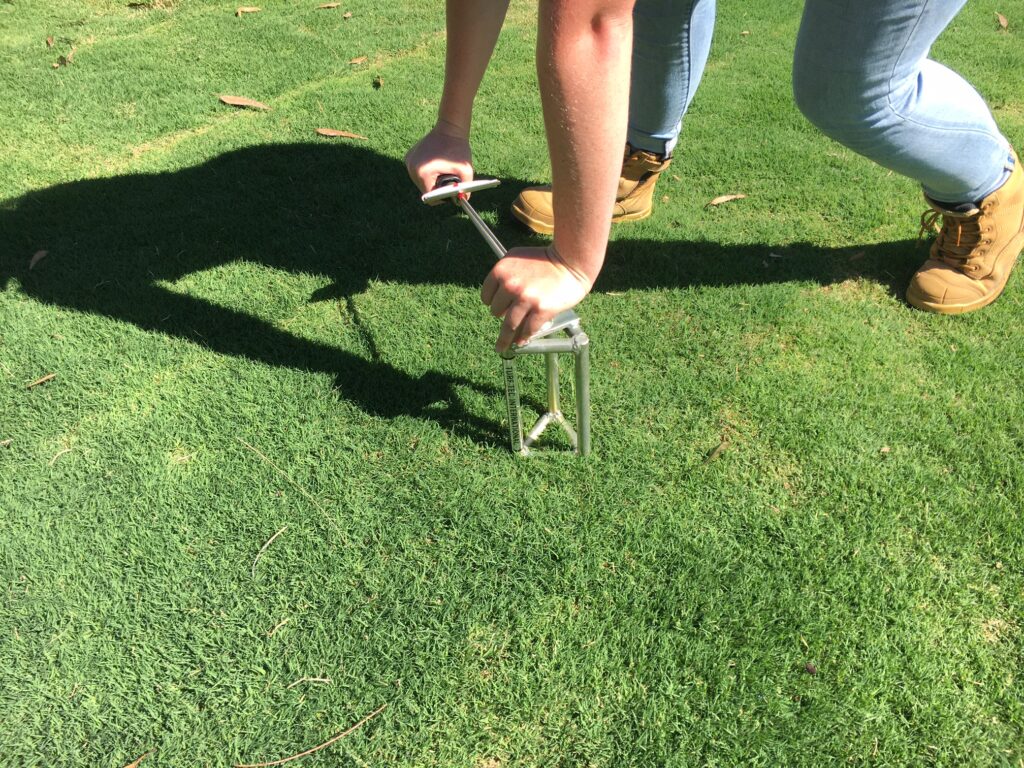
The trial has indicated that recycled glass sand can be used for the construction of natural turf Fields of Play, removing the need to quarry virgin sand material.
Indeed, the trial indicated that a 50/50 blend of conventional sand and recycled glass sand is comparable with conventional quarried sand.
However, at this stage the 100% recycled glass sand has some soil chemistry issues (i.e. high pH and sodium, etc.). Further investigation and R&D will try to alleviate them to allow the whole profile to be constructed with recycled glass sand.
“We’ve seen some interesting results so far. Much of the glass comes from recycled drinking containers, so there seem to be higher sodium levels from the manufacturing process for that sort of glass,” says Jarrod Hill, CEO at SPORTENG.
“The additional sodium has added to higher alkalinity levels in the 100 per cent recycled mix, and that’s slightly reduced the turf grass root growth. However, the fifty-fifty mix shows almost no difference to the control group across our test parameters.”
The use of recycled glass sand as a growing medium for natural turf fields of play is a big step towards promoting positive environmental impacts. The research has not been peer-reviewed yet however, a NATA certified laboratory has completed the test results.
While the trial is still ongoing, the SPORTENG team are exploring ways to get the pH levels within a more suitable range. There is a lot more work to be done before recycled sand becomes a commercial option, but Jarrod Hill is optimistic.
“We don’t have all the answers just yet, but that’s the best thing about being an engineer, we keep working towards them,” he says.
“By looking at touchpoints across our projects, we can find alternative sources and more sustainable options both for the materials we use and for how we operate. We’ll continue to innovate and find better ways to develop playing fields – it’s what our clients are looking for and what we’re dedicated to doing.”



